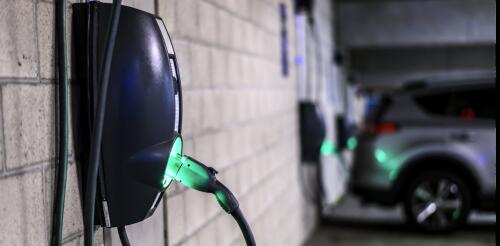Inequity
Climate change is affecting communities nationwide, but Florida often seems like ground zero. In September 2022, Hurricane Ian devastated southwest Florida, killing at least 156 people and causing an estimated US$113 billion in damages. Then Hurricane Idalia shut down the Florida Panhandle in September 2023, augmented by a blue supermoon that also increased tidal flooding in southeast Florida. Communities can adapt to some of these effects, or at least buy time, by taking steps such as upgrading stormwater systems and raising roads and sidewalks. But climate disasters and sea-level rise also harm local governments financially by increasing costs and undercutting their property tax bases. Local reliance on property taxes also can discourage cities from steering development out of flood zones, which is essential for reducing long-term risks. In a newly published study and supporting online StoryMap, we present the first-ever municipal fiscal impact assessment of sea-level rise in...
You may be hearing the phrase “loss and damage” in the coming weeks as government leaders meet in Egypt for the 2022 U.N. Climate Change Conference. It refers to the costs, both economic and physical, that developing countries are facing from climate change impacts. Many of the world’s most climate-vulnerable countries have done little to cause climate change, yet they are experiencing extreme heat waves, floods and other climate-related disasters. They want wealthier nations – historically the biggest sources of greenhouse gas emissions – to pay for the harm. A powerful example is Pakistan, where extreme rainfall on the heels of a glacier-melting heat wave flooded nearly one-third of the country in the summer of 2022. The flooding turned Pakistan’s farm fields into miles-wide lakes that stranded communities for weeks. More than 1,700 people died, millions lost their homes and livelihoods, and more than 4 million acres of crops and orchards,...
A nationally representative survey of 8,027 Americans shows that across all racial demographics, overall interest in purchasing electric vehicles is high. Among those surveyed, 33% of white respondents, 38% of Black respondents, 43% of Latinos and 52% of Asian Americans say they would “definitely” or “seriously consider” purchasing or leasing an EV as their next vehicle. The survey was conducted by Consumer Reports, with input from the nonprofit advocacy groups GreenLatinos, the Union of Concerned Scientists and EVNoire and administered between Jan. 27 and Feb. 18, 2022, by NORC at the University of Chicago, an objective, nonpartisan research organization. Electric vehicles are critical for reducing transportation emissions, but communities of color currently adopt this key technology at lower rates than white drivers. This survey, for which I was an adviser, helps to shed light on some of the reasons for this disparity. Cleaner air for all Air pollut...


